Add to Wishlist
Lipids: Biochemistry, Biotechnology and Health
By Avery Holmes
Publisher: Alexis Press LLC
$135.00
ISBN 13: 979-8-89143-093-8
YEAR: 2024
eBOOK
Instant Delivery
SKU:
ALX-FSB-093-8
Category:
Food Science & Beverages
Additional information
| Access Type | Download eBook, Read Only |
|---|
Be the first to review “Lipids: Biochemistry, Biotechnology and Health” Cancel reply
You must be logged in to post a review.
Purchase now to read the book online.
Select optionsRelated products
Food Processing
By Lynn Morgan
$135.00
Food processing is the transformation of agricultural products into food, or of one form of food into other forms. Food processing includes many forms of processing foods, from grinding grain to make raw flour to home cooking to complex industrial methods used to make convenience foods. Some food processing methods play important roles in reducing food waste and improving food preservation, thus reducing the total environmental impact of agriculture and improving food security. Primary food processing is necessary to make most foods edible, and secondary food processing turns the ingredients into familiar foods, such as bread.
Food Processing
By Lynn Morgan
$135.00
Food processing is the transformation of agricultural products into food, or of one form of food into other forms. Food processing includes many forms of processing foods, from grinding grain to make raw flour to home cooking to complex industrial methods used to make convenience foods. Some food processing methods play important roles in reducing food waste and improving food preservation, thus reducing the total environmental impact of agriculture and improving food security. Primary food processing is necessary to make most foods edible, and secondary food processing turns the ingredients into familiar foods, such as bread.
Beverages: Technology, Chemistry And Microbiology
By Kerry Sutton
$135.00
A drink or beverage is a liquid intended for human consumption. In addition to their basic function of satisfying thirst, drinks play important roles in human culture. Common types of drinks include plain drinking water, milk, juice, smoothies, and soft drinks. Traditionally warm beverages include coffee, tea, and hot chocolate. Caffeinated drinks that contain the stimulant caffeine have a long history. In addition, alcoholic drinks such as wine, beer, and liquor, which contain the drug ethanol, have been part of human culture for more than 8,000 years. Non-alcoholic drinks often signify drinks that would normally contain alcohol, such as beer, wine, and cocktails, but are made with a sufficiently low concentration of alcohol by volume. The category includes drinks that have undergone an alcohol removal process such as non-alcoholic beers and de-alcoholized wines.
Beverages: Technology, Chemistry And Microbiology
By Kerry Sutton
$135.00
A drink or beverage is a liquid intended for human consumption. In addition to their basic function of satisfying thirst, drinks play important roles in human culture. Common types of drinks include plain drinking water, milk, juice, smoothies, and soft drinks. Traditionally warm beverages include coffee, tea, and hot chocolate. Caffeinated drinks that contain the stimulant caffeine have a long history. In addition, alcoholic drinks such as wine, beer, and liquor, which contain the drug ethanol, have been part of human culture for more than 8,000 years. Non-alcoholic drinks often signify drinks that would normally contain alcohol, such as beer, wine, and cocktails, but are made with a sufficiently low concentration of alcohol by volume. The category includes drinks that have undergone an alcohol removal process such as non-alcoholic beers and de-alcoholized wines.
Elements of Food Packaging
By Aiden Fisher
$135.00
Food packaging lies at the very heart of the modern food industry and very few foods are sold unpackaged. Good packaging prevents waste and ensures that the food retains its desired quality throughout its shelf life. Despite its importance and the key role that packaging plays, it is often regarded as, at best, somewhat superfluous, and, at worst, a serious waste of resources and an environmental menace. Such views arise because, by the time most consumers come into contact with a package, its job, in many cases, is almost over.
Elements of Food Packaging
By Aiden Fisher
$135.00
Food packaging lies at the very heart of the modern food industry and very few foods are sold unpackaged. Good packaging prevents waste and ensures that the food retains its desired quality throughout its shelf life. Despite its importance and the key role that packaging plays, it is often regarded as, at best, somewhat superfluous, and, at worst, a serious waste of resources and an environmental menace. Such views arise because, by the time most consumers come into contact with a package, its job, in many cases, is almost over.
Cuisine Of The Americas
$135.00
The cuisine of the Americas is made up of a variety of food preparation styles. American cuisine consists of the cooking style and traditional dishes prepared in the United States. It has been significantly influenced by Europeans, indigenous Native Americans, Africans, Asians, Pacific Islanders, and many other cultures and traditions. Principal influences on American cuisine are Native American, and immigrant heritages such as American Chinese, Italian American, Cajun, New Mexican, Louisiana Creole, Pennsylvania Dutch, Soul Food, Tex-Mex, and Tlingit. American cuisine saw significant expansion during the 19th and 20th centuries, primarily due to the influx of immigrants from different nations. This has allowed for the current rich diversity in food dishes throughout the country. This was driven in part by the many chefs and television personalities who contributed to the rise of the culinary arts in America.
Cuisine Of The Americas
$135.00
The cuisine of the Americas is made up of a variety of food preparation styles. American cuisine consists of the cooking style and traditional dishes prepared in the United States. It has been significantly influenced by Europeans, indigenous Native Americans, Africans, Asians, Pacific Islanders, and many other cultures and traditions. Principal influences on American cuisine are Native American, and immigrant heritages such as American Chinese, Italian American, Cajun, New Mexican, Louisiana Creole, Pennsylvania Dutch, Soul Food, Tex-Mex, and Tlingit. American cuisine saw significant expansion during the 19th and 20th centuries, primarily due to the influx of immigrants from different nations. This has allowed for the current rich diversity in food dishes throughout the country. This was driven in part by the many chefs and television personalities who contributed to the rise of the culinary arts in America.
Cooking Techniques
$135.00

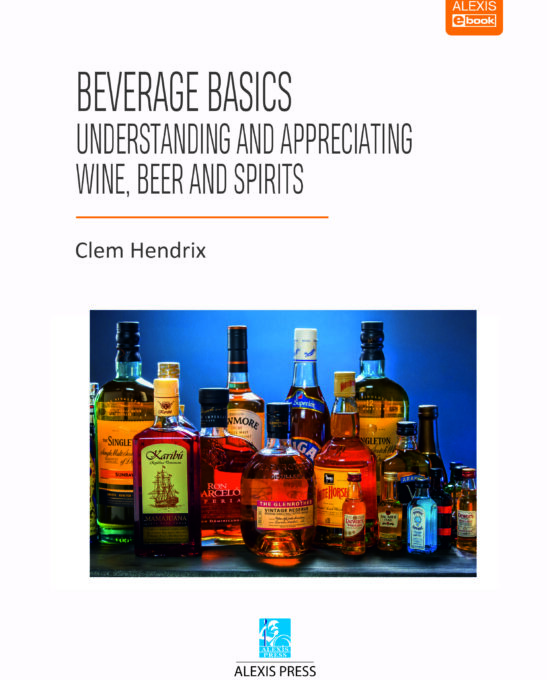
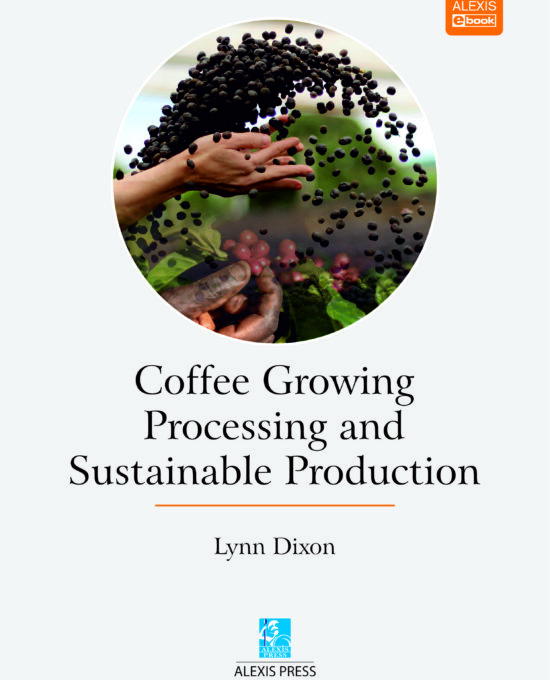
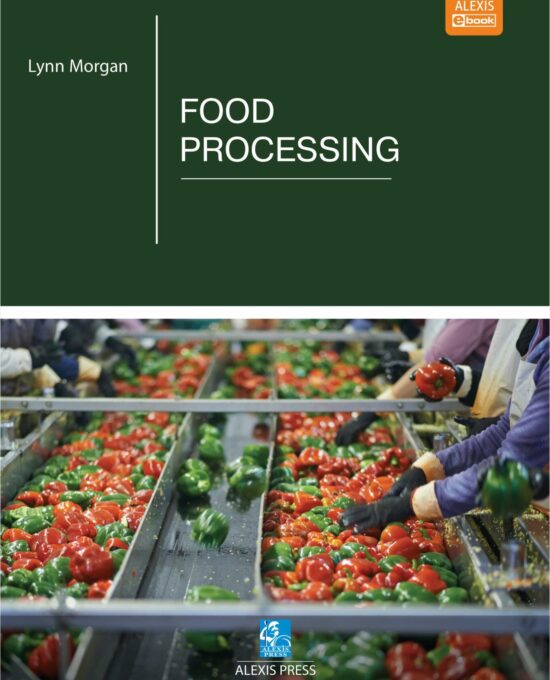


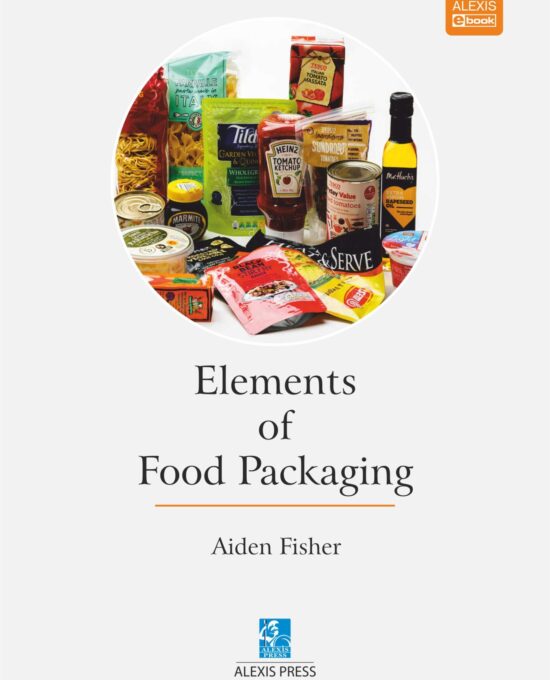



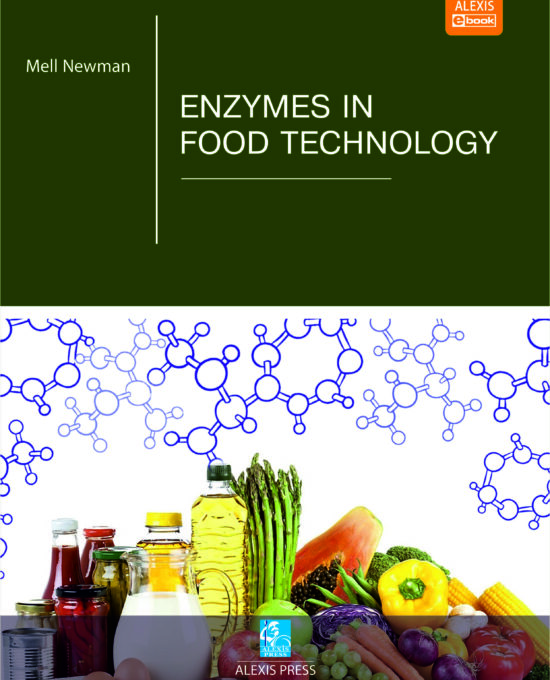

Reviews
There are no reviews yet.